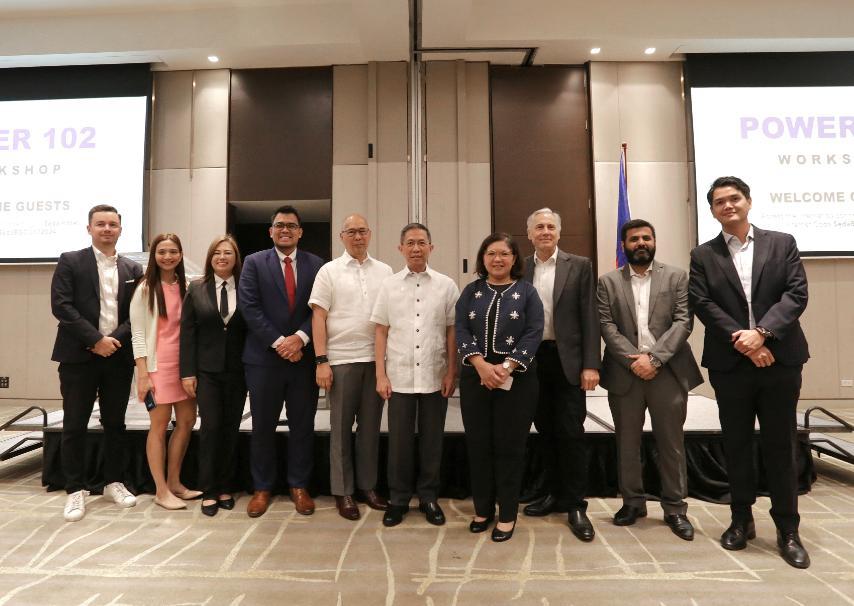2 offshore wind port facilities proposed for inclusion in the national budget
At A Glance
- The government's target for the first kilowatts of energy to be generated from offshore wind and injected into the grid will be by 2028 or within the term of the Marcos administration – and that could either come from a project-development in Ilocos Norte or in the Batangas-Mindoro area.
At least two port facilities that will support the development of offshore wind projects in the country are being proposed for inclusion in the General Appropriations Act (GAA) or the country’s national budget for next year.
According to Energy Undersecretary Rowena Cristina L. Guevara, priority of the ports to be repurposed for offshore wind facilities will be the one in Batangas; while the other is located in Northern Luzon.
The energy official has not exactly named the ports, but the OSW industry players hinted that these are the energy supply base (ESB) in Batangas which is owned by state-run Philippine National Oil Company (PNOC); while the one in Ilocos Norte is the Currimao port.
“The plan is to include them in the GAA. Our target is: by next year, we already start developing these ports, so by 2026, these (ports) would already be ready for construction by the offshore wind developers,” Guevara stressed.

The government’s target for the first kilowatts of energy generated from offshore wind and injected into the grid will be by 2028 or within the term of the Marcos administration—and that could either come from project development in Ilocos Norte or the Batangas-Mindoro area.
A feasibility study by the Asian Development Bank (ADB) has identified 10 ports that will serve the various requirements of the country’s emerging offshore wind industry, including those that will cater to heavy equipment and pre-installation sites for the targeted installations.
As emphasized by Walid Oulmane, head of Sourcing and Ports at European firm BlueFloat Energy, there are four major port configurations that are critically needed by offshore wind projects – including the operation and maintenance (O&M) port; and the others delve with logistics, then a turbine integration port as well as the floater assembly, manufacturing and decommissioning port.
The Department of Energy (DOE) as well as the project sponsor-firms qualified that there are no ready ports yet in the country that can fully support offshore wind projects, hence, that is the focus of policy, regulatory and development works being advanced now by all relevant stakeholders.
For the ESB facility of PNOC, in particular, it was initially indicated that its repurposing cost could hover at P5.0 billion - and the plan is to align it as a ‘marshaling’ or staging port for the offshore wind projects.
And given that the government-owned firm does not have deep expertise yet on port repurposing for offshore wind installations, PNOC has been proposing that the venture be done with a foreign entity that is more experienced on these facets of project-developments.